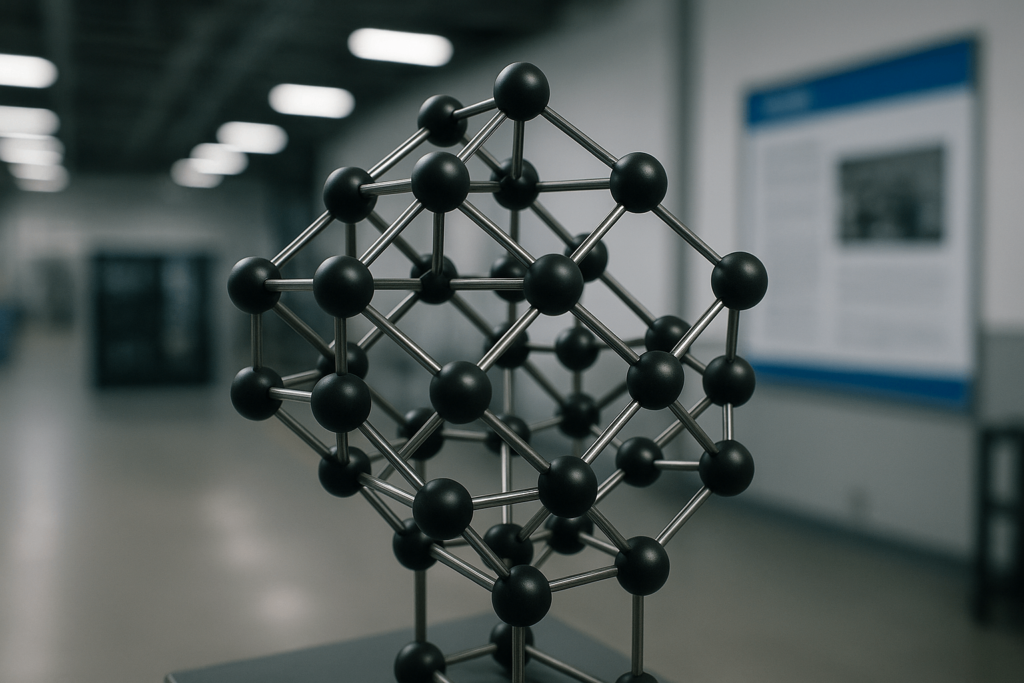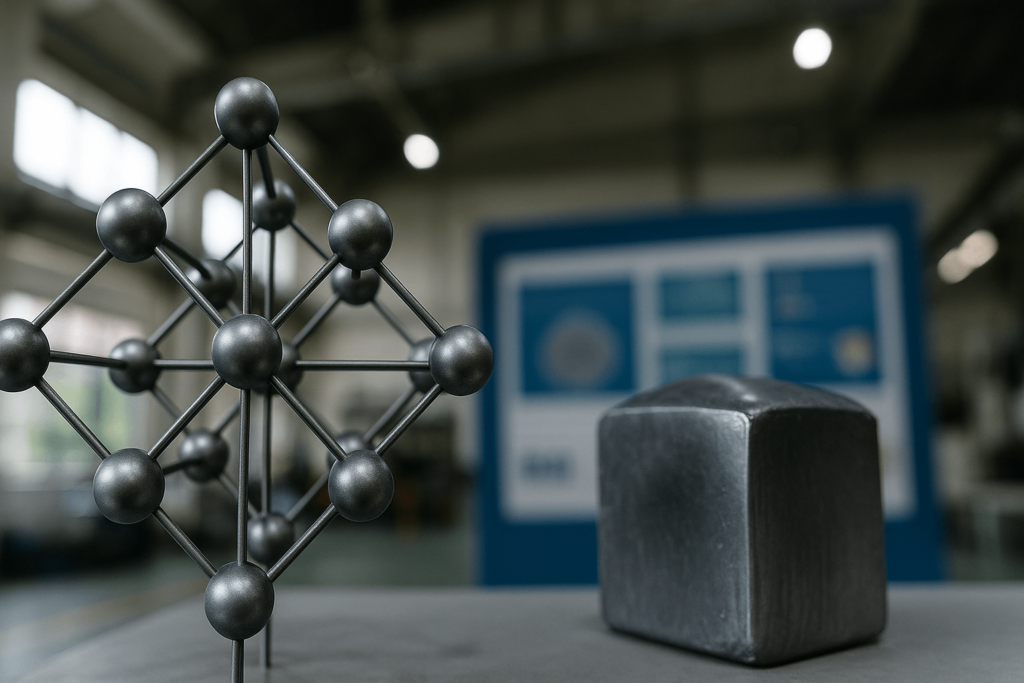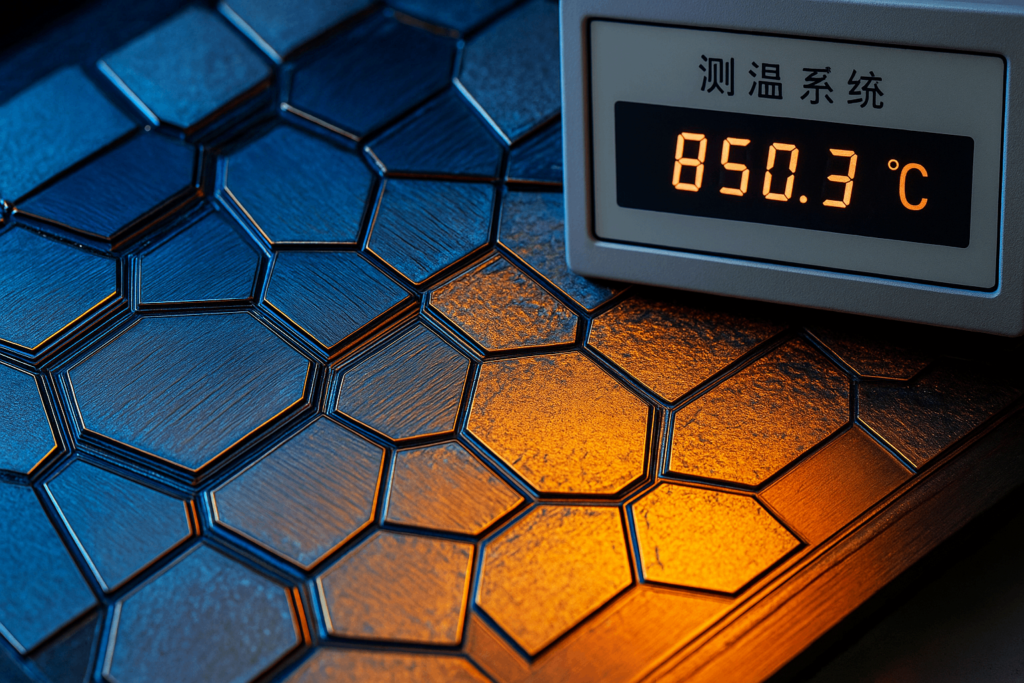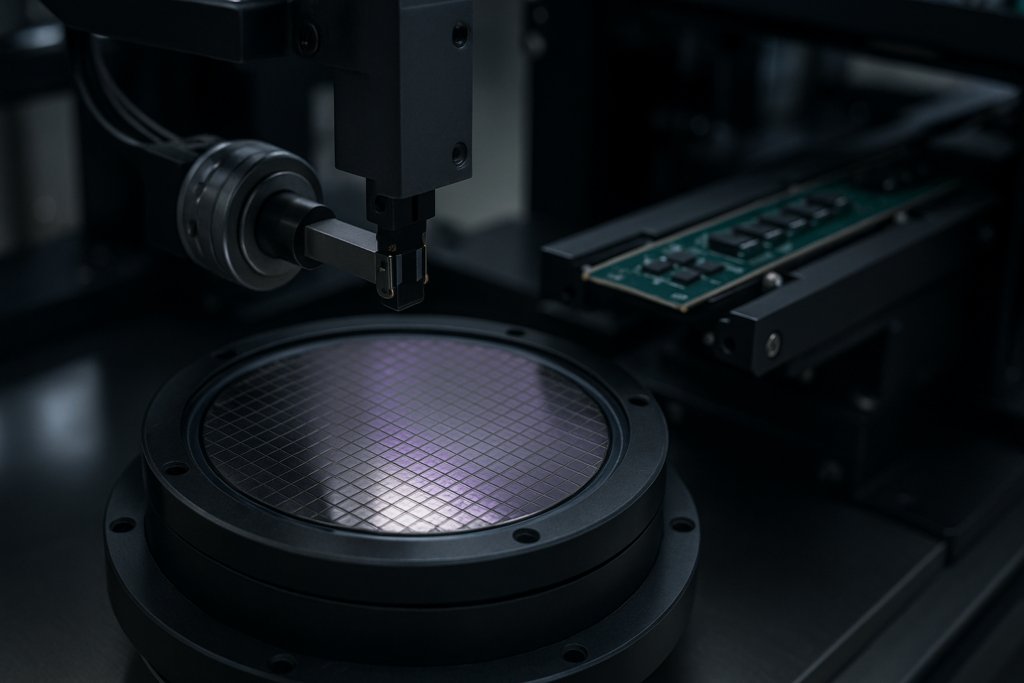The Core Insight: One Number, Two Perspectives
With over 26 years of experience in metal materials, we’ve learned that density isn’t just a number—it’s a signal of structural performance and manufacturing consistency.
Although our core expertise lies in metal fabrication, understanding other engineering materials like silicon offers valuable cross-industry insight. This guide explores silicon density from a technical angle—illustrating its implications for sourcing accuracy, system design, and product reliability.
The Answer Upfront
The Density of Monocrystalline Silicon: 2.3290 g/cm³
This value reflects pure, single-crystal silicon at standard conditions—a benchmark widely used in semiconductor fabrication. In metric units, it equals 2329 kg/m³.
The "Why": Deconstructing the Number
To make informed sourcing decisions, it’s essential to understand the origins of material properties. Silicon’s specific density results from fundamental atomic laws.
Two key factors drive this value: the atomic mass of silicon and the packing efficiency within its solid crystal structure—known as the lattice framework.
The Atomic Blueprint: How Crystal Structure Dictates Density
Silicon’s density arises from its diamond cubic lattice, similar to the structure found in carbon-based diamond.
This three-dimensional framework—two interlocked FCC lattices—forms due to silicon’s four valence electrons, which create strong covalent bonds in a tetrahedral arrangement.
Although less densely packed than metallic structures like steel or aluminum, this open network is essential for silicon’s exceptional electronic behavior.
Density can be estimated using:
ρ = (n × M) / (Vc × NA)
Where n = atoms/unit cell (8 for silicon), M = molar mass, V_c = volume from lattice constant (0.5431 nm), N_A = Avogadro’s number. The result matches the empirical density.

Theoretical vs. Bulk Density: The Reality of Imperfections
It’s essential to distinguish theoretical from bulk density. Theoretical assumes a flawless lattice; bulk accounts for manufacturing imperfections.
Bulk density reflects voids, micro-cracks, or vacancies introduced during production. In procurement, a close match to theoretical density implies high purity and structural quality.
For example, silicon wafers often show bulk densities around 2.328 g/cm³—virtually identical to theoretical, signaling minimal defects. Similar attention to density applies to cast metals, where porosity impacts structural integrity.

The "How": When Density Becomes a Variable
Though often treated as constant, density is condition-dependent. For high-stakes applications, understanding how density shifts is crucial for procurement and design teams.
Changes stem from two sources: physical environment and internal material modification.
External Forces: The Impact of Temperature and Pressure
Temperature directly affects volume and thus apparent density. Silicon’s low Coefficient of Thermal Expansion (CTE)—~2.6 × 10⁻⁶ K⁻¹—makes it dimensionally stable across temperatures. This is ideal for electronics but introduces challenges during hybrid assemblies.
When bonded to metals like aluminum or copper, the CTE mismatch generates thermal stress that can cause delamination or warping. Managing this is key in chip packaging and precision joining.
| Material | Category | Typical CTE (×10⁻⁶ K⁻¹) | Relevance/Comparison |
|---|---|---|---|
| Silicon (Si) | Semiconductor | 2.6 | Stable reference |
| Aluminum (Al) | Metal | ~23 | ~9x higher; used in interconnects |
| Steel (Carbon) | Metal Alloy | ~12 | ~4.6x higher; structural material |
| Copper (Cu) | Metal | ~17 | ~6.5x higher; interconnect material |
Under extreme pressure (>12 GPa), silicon’s lattice transforms into a metallic phase—illustrating its structural adaptability.

Internal Modifications: Engineering Silicon from Within
Internally, silicon’s density can be tailored based on form and additives. This matters for teams optimizing material for performance vs. cost.
The Spectrum of Form: From Single Crystal to Amorphous Glass
Each silicon variant exhibits slightly different densities:
Monocrystalline (c-Si): Pure, defect-free. Density: 2.3290 g/cm³. Used in high-performance chips.
Polycrystalline (poly-Si): Grain boundaries introduce slight density loss. ~2.3 g/cm³. Common in solar panels.
Amorphous (a-Si): Lacks long-range order, creating packing inefficiencies. ~2.285 g/cm³.
Porous Silicon (p-Si): Density varies by etching and pore ratio. Found in specialized biomedical and photonic use.
Atomic-Scale Alloying: The Subtle Art of Doping
Doping—intentionally adding boron, arsenic, or antimony—alters electrical properties and subtly changes density through lattice distortion.
Typical variations remain within ±0.5%. While small, these impact semiconductor behavior, particularly in analog and MEMS devices.
The "So What": Density in Action
Why does this matter? Because density directly affects production reliability, yield, and lifecycle costs.
The Engineer's Perspective: Density as a Critical Design Parameter
In semiconductor fabs, non-uniform wafer density causes warping—compromising photolithography precision and reducing chip yield.
In MEMS sensors, density affects resonant frequency. Incorrect assumptions here degrade performance.
In solar projects, silicon density determines module weight, shipping load, and mechanical support needs. Buyers planning large-scale installs must factor this early.

The Metrologist's Triumph: How a Silicon Sphere Redefined the Kilogram
An elegant proof of silicon’s importance lies in how it redefined the kilogram. A highly polished silicon-28 sphere replaced the metal artifact used for over a century.
By counting atoms through X-ray and optical interferometry, the kilogram was anchored to physical constants. Such precision hinges on exact density knowledge.
Practical Considerations for B2B Buyers
If you’re sourcing silicon parts or comparing material properties, here’s how density data supports better procurement:
Dimensional Precision: High density uniformity improves repeatability in CNC machining or stamping.
Shipping Efficiency: Accurate weight data enables tighter freight estimates.
Cross-Material Matching: Prevents structural stress when bonding to metals with different expansion rates.
Our technical team has supported B2B buyers across the electronics, solar, vending, and industrial sectors with material selection based on density tolerance and application fit.

Conclusion: The Unseen Foundation
Silicon’s density—2.3290 g/cm³—is more than a metric. It’s a design lever, a quality signal, and a technical advantage.
With a deep understanding of material science and fabrication precision, our manufacturing process is grounded in controlling variables like density—ensuring the structural reliability clients expect.
Looking to balance performance with process control? Let’s explore solutions tailored to your requirements.
Frequently Asked Questions (FAQ)
Is silicon denser than steel or aluminum?
No. Steel (~7.85 g/cm³) is over 3x denser. Aluminum (~2.70 g/cm³) is ~16% denser than silicon.
What is the difference between silicon and silicone density?
Silicon is a crystalline element (~2.33 g/cm³). Silicone is a soft, rubbery polymer—lower in density and used in seals or flexible coatings.
How is silicon’s density measured accurately?
Through the X-ray crystal density method (XRCD), combining lattice constant measurement and macroscopic mass/volume data.
Why does amorphous silicon have a lower density?
Its atoms are disordered and less efficiently packed, leading to more void space and lower overall density.

